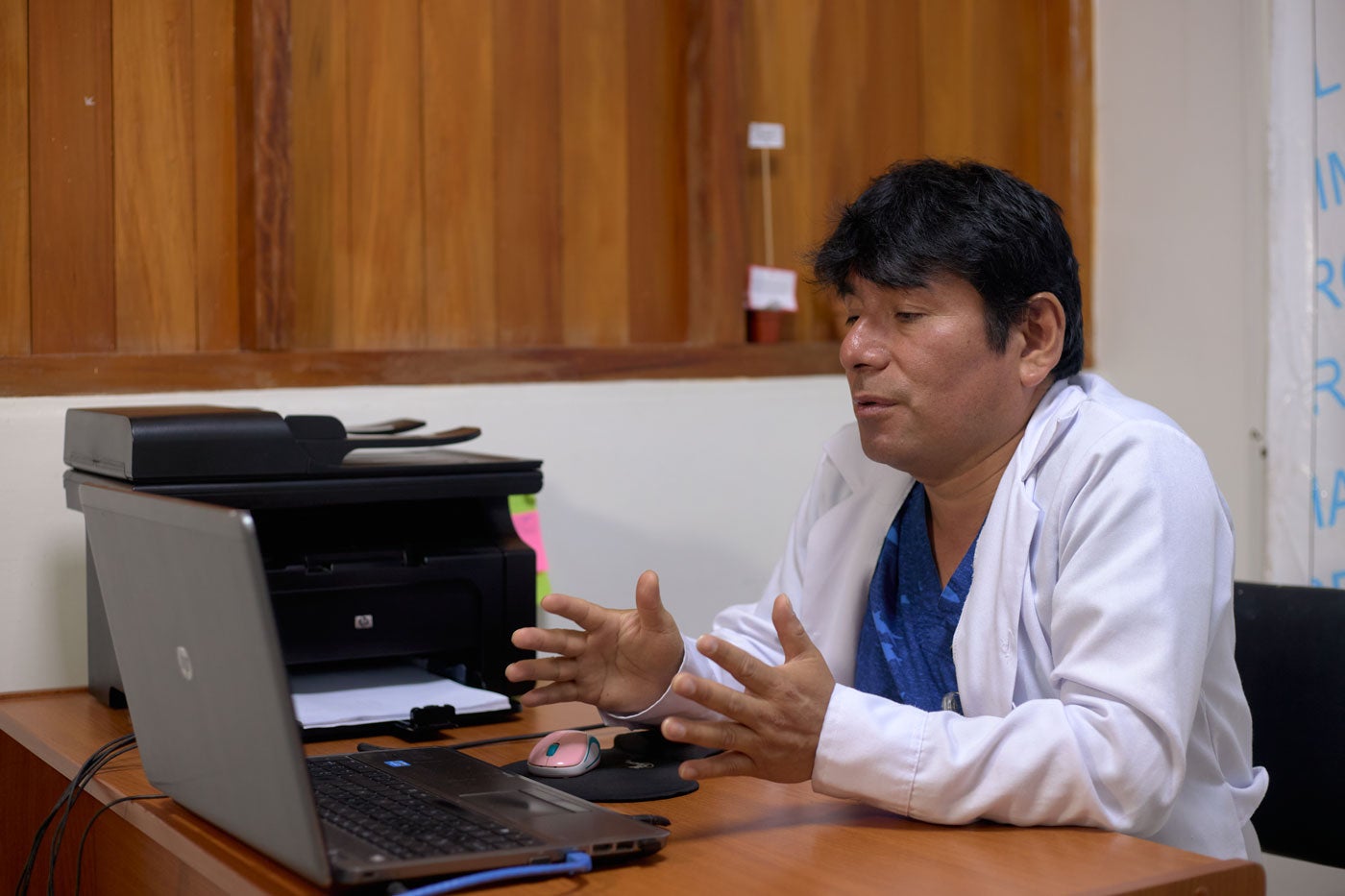October 2024
A round 8,400 women die each year in the Americas due to preventable complications during pregnancy, childbirth, and the postpartum period. The main causes of maternal mortality in the region are hemorrhage (23.1%) and pregnancy-induced hypertension (22.1%). Insufficient contact between women and the healthcare system during pregnancy prevents timely detection of warning signs. This is sometimes due to the difficulties accessing health centers in remote areas and the high transportation costs pregnant women must bear. In other cases, cultural differences impact some women’s trust in healthcare personnel, discouraging them from seeking appropriate care.
To address this challenge, the Pan American Health Organization (PAHO), with support from the Government of Canada, is implementing strategies based on telecommunications in rural areas of Honduras and Peru. This approach strengthens the efforts of local and national health authorities and fosters trust between communities and healthcare personnel, improving prenatal care and transforming the experience women have during pregnancy.









